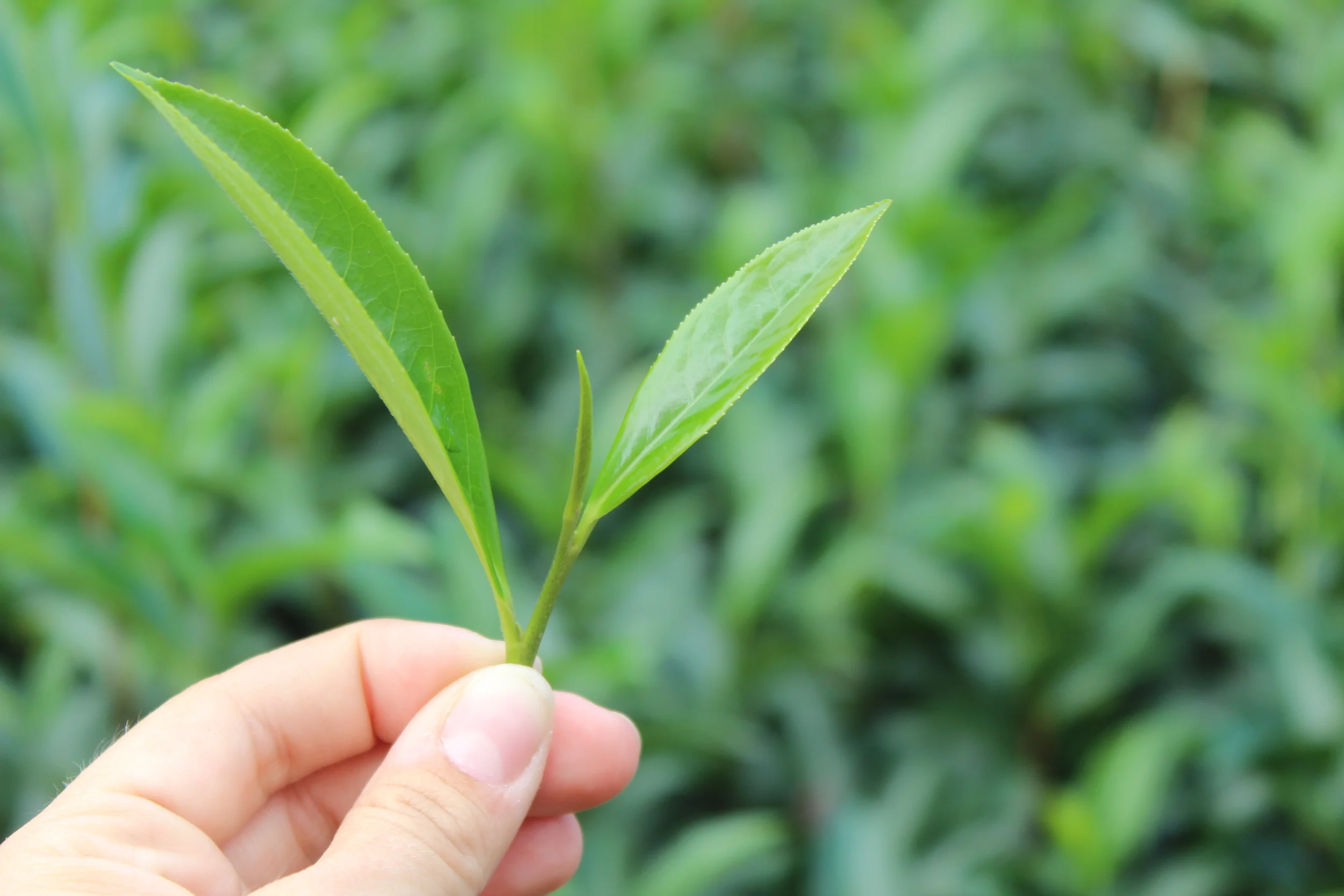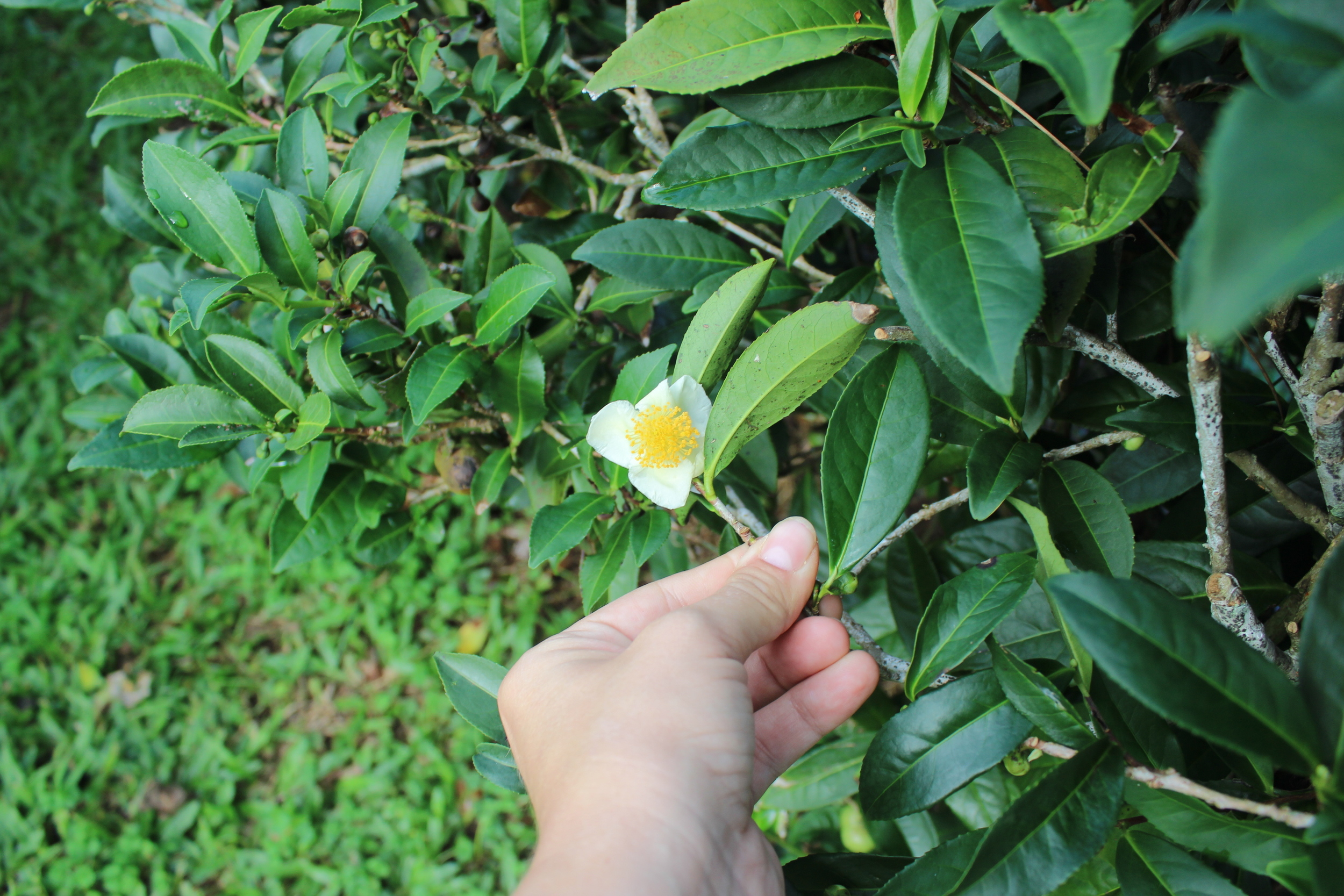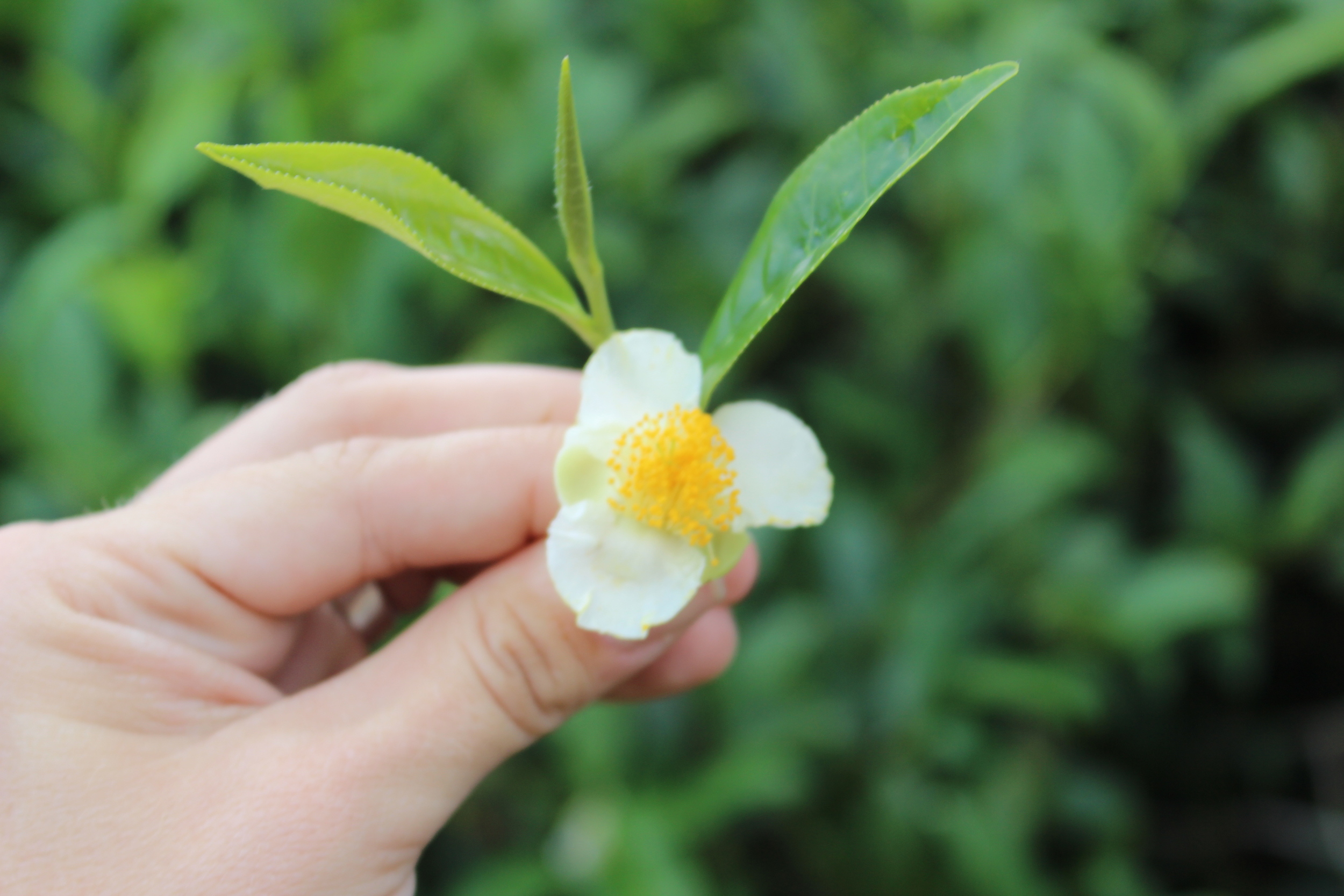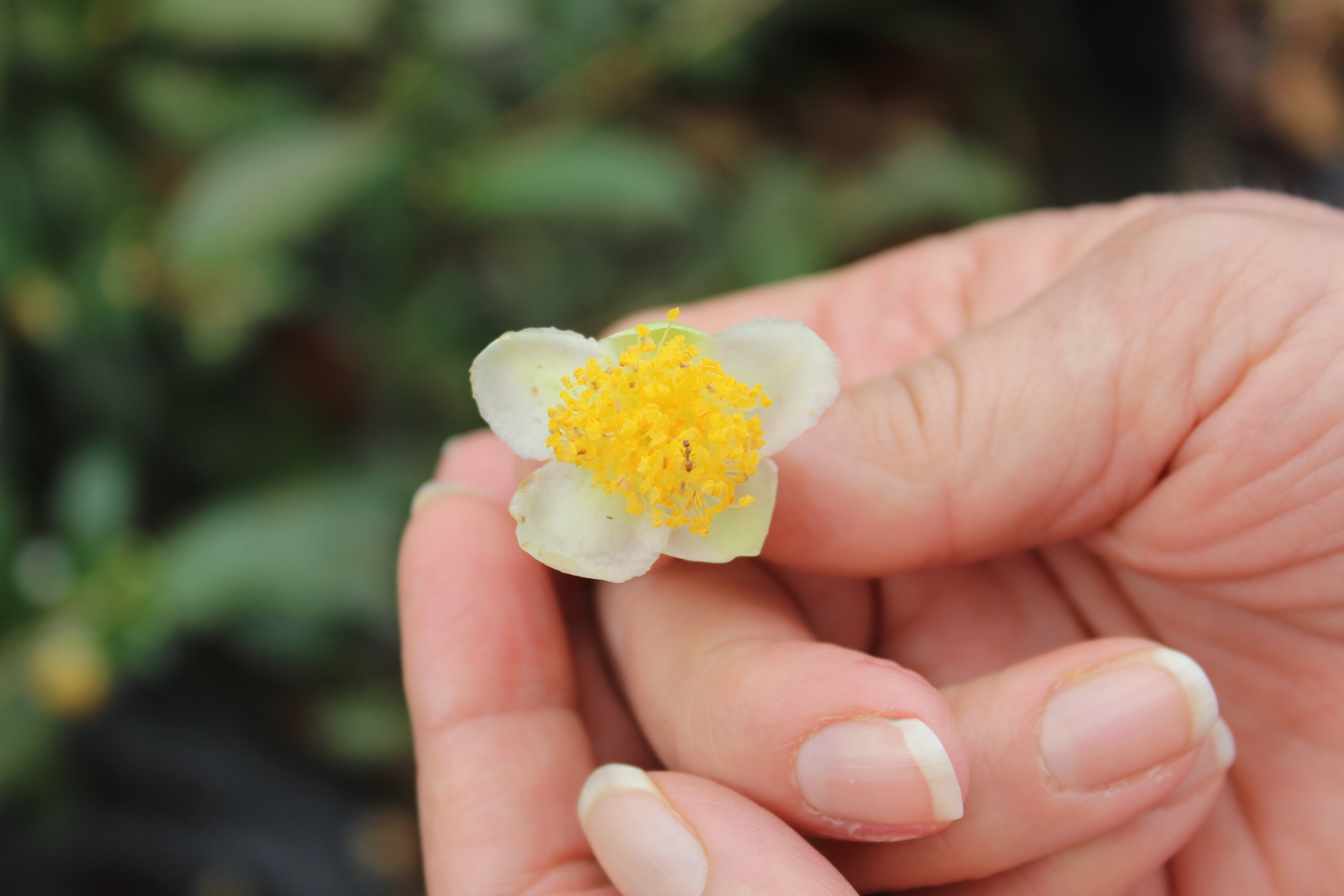Did you know that green, black, pu erh, oolong, and white teas all come from the same plant? Well, they sure do! The leaves from the Camellia Sinensis plant are the delicious ingredient that makes up the worlds most popular beverage!
How do you pronounce that?
Camellia Sinensis is pronounced cam-MEHL-ee-ah sin-INN-sis.
Are there different varieties of the Camellia Sinensis plant?
Yes! There are quite a few!
What are the differences between green, black, puerh, oolong, and white teas?
The difference in the different varieties of tea is all in the process the leaves go through after being plucked. Generally speaking, these are the basic differences in the various forms of teas. White teas are plucked and dried, Green teas are steamed and then dried, Oolongs are lightly roasted and then dried, Black teas are roasted and then dried, and Pu erh teas are a form of black tea that is fermented... now that is putting it VERY generally because obviously there is a craft to making the perfect tea and extensive amount of detail goes into each process.
Isn't it amazing to think that this one plant has such an enormous variety of final products all because for thousands and thousands of years people have been perfecting the art of tea!
What part of the plant is used to make tea?
Two leaves and a bud! Its as basic as that! This small part of the plant is typically all that is used to begin the process of making high quality tea. Once all the harvest is collected, then the tea craftsman begin their work of perfecting their brew.
Two Leaves and a Bud
The harvest from this beautiful plant that then produces such an amazing variety of delicious beverages!
I had the opportunity to visit some amazing tea farms and see the art of growing and processing the world's most popular beverage! I am so thrilled with the opportunity and I can not wait to visit again! I learned so much and love that there is still an enormous amount to learn. It was through that trip that I was inspired to share these pictures, information, and experiences with you!
Oh the beautiful tea plants!!!
I got to visit some amazing tea farms and see the art of growing and processing the world's most popular beverage!
How are these plants grown?
The Camellia Sinensis seeds are beautiful! I remember the first time I saw the little cluster of seeds! I was so surprised at their size and shape! But getting to learn how they are dried and prepped for cultivation was even more exciting and surprising!
Tea Seeds
It all begins with these amazing seeds!
And the wonderful seeds grow into beautiful bushes. Obviously there is intense amount of attention and love given to these plants to form the perfect rows and shape. And that same process also affects the end product and the reason it is so important that your farmers love and care for their plants! It can take many many years to grow a healthy tea plant and when perfect time and attention is given to each plant, the result is exquisite rows like this one!
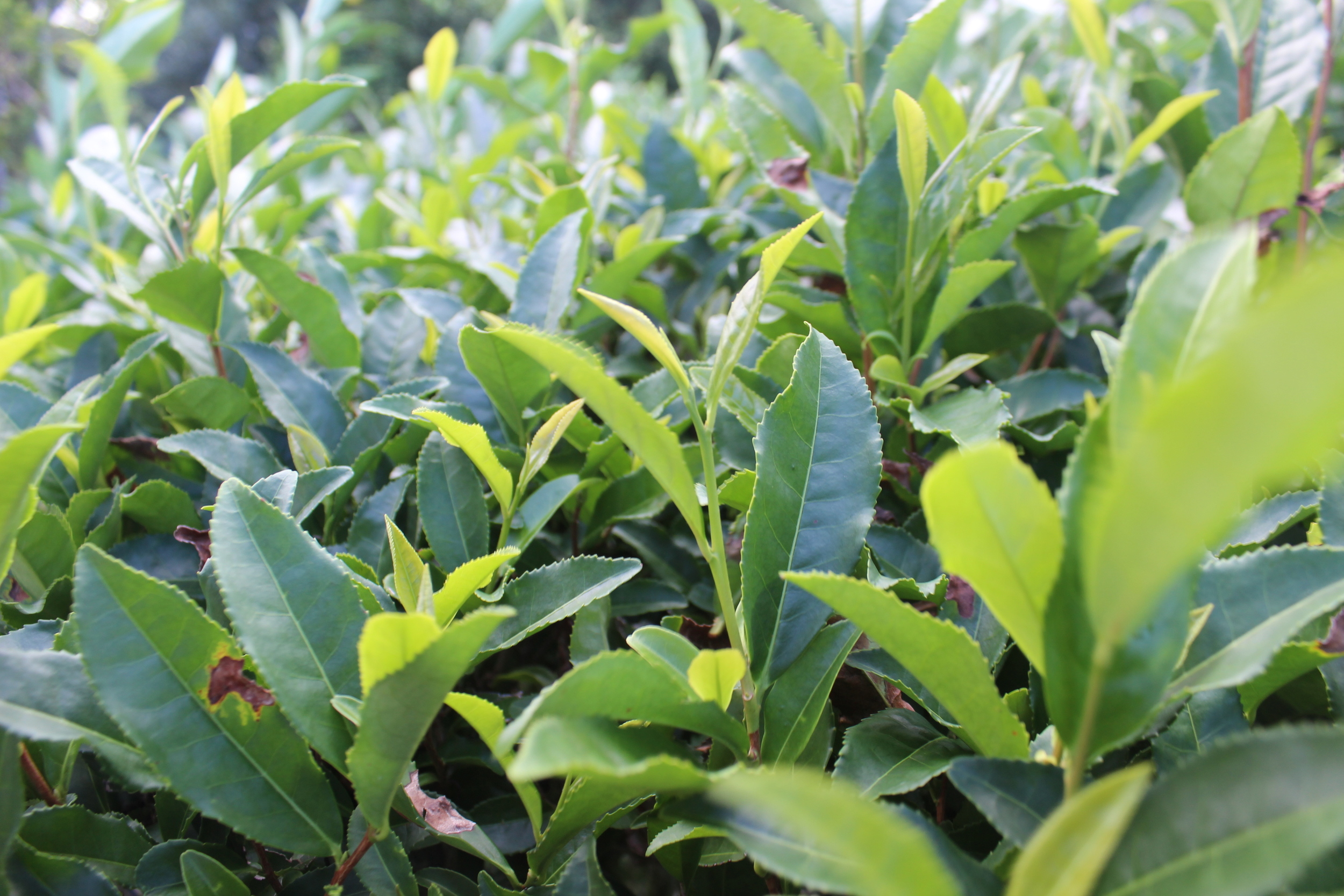
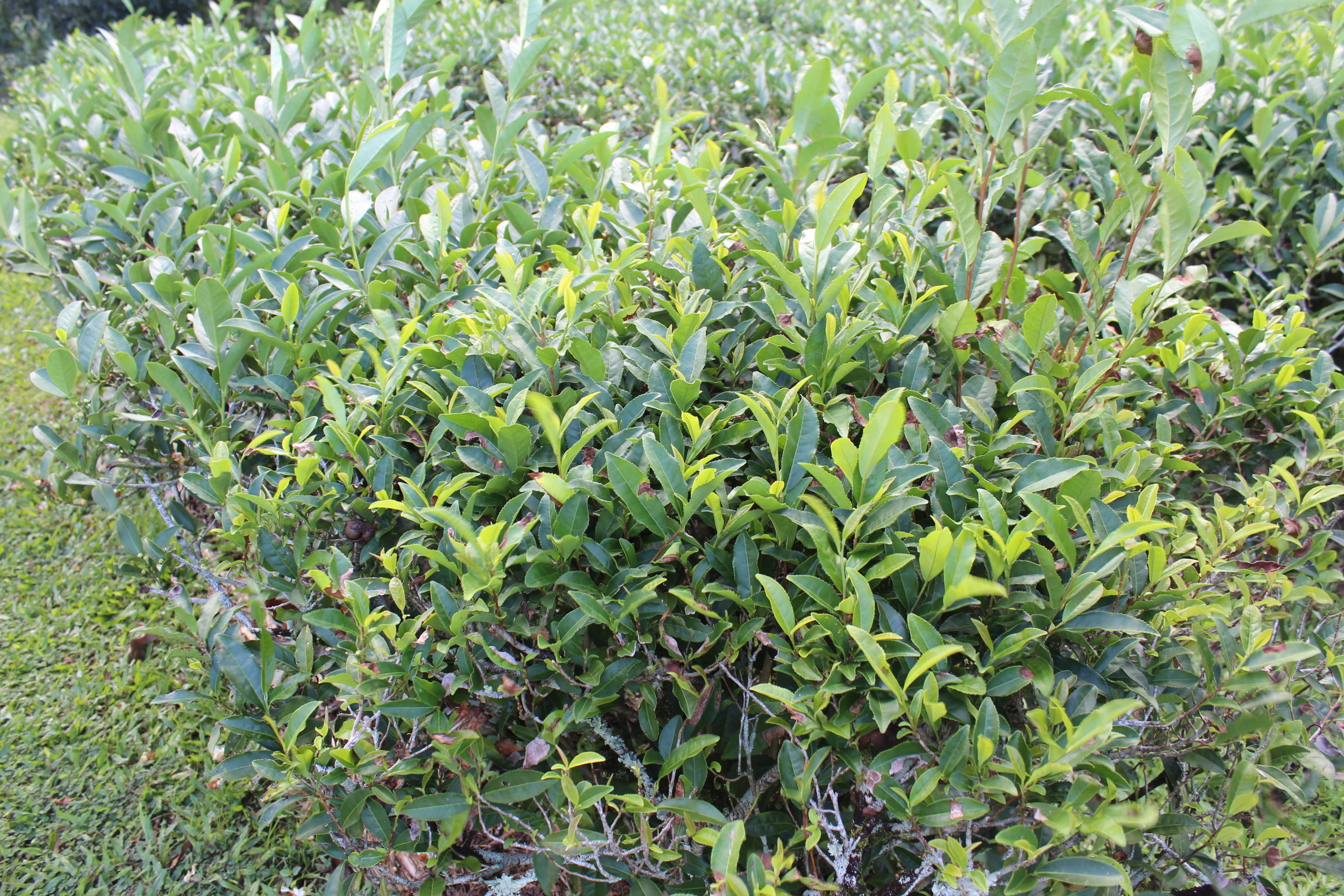
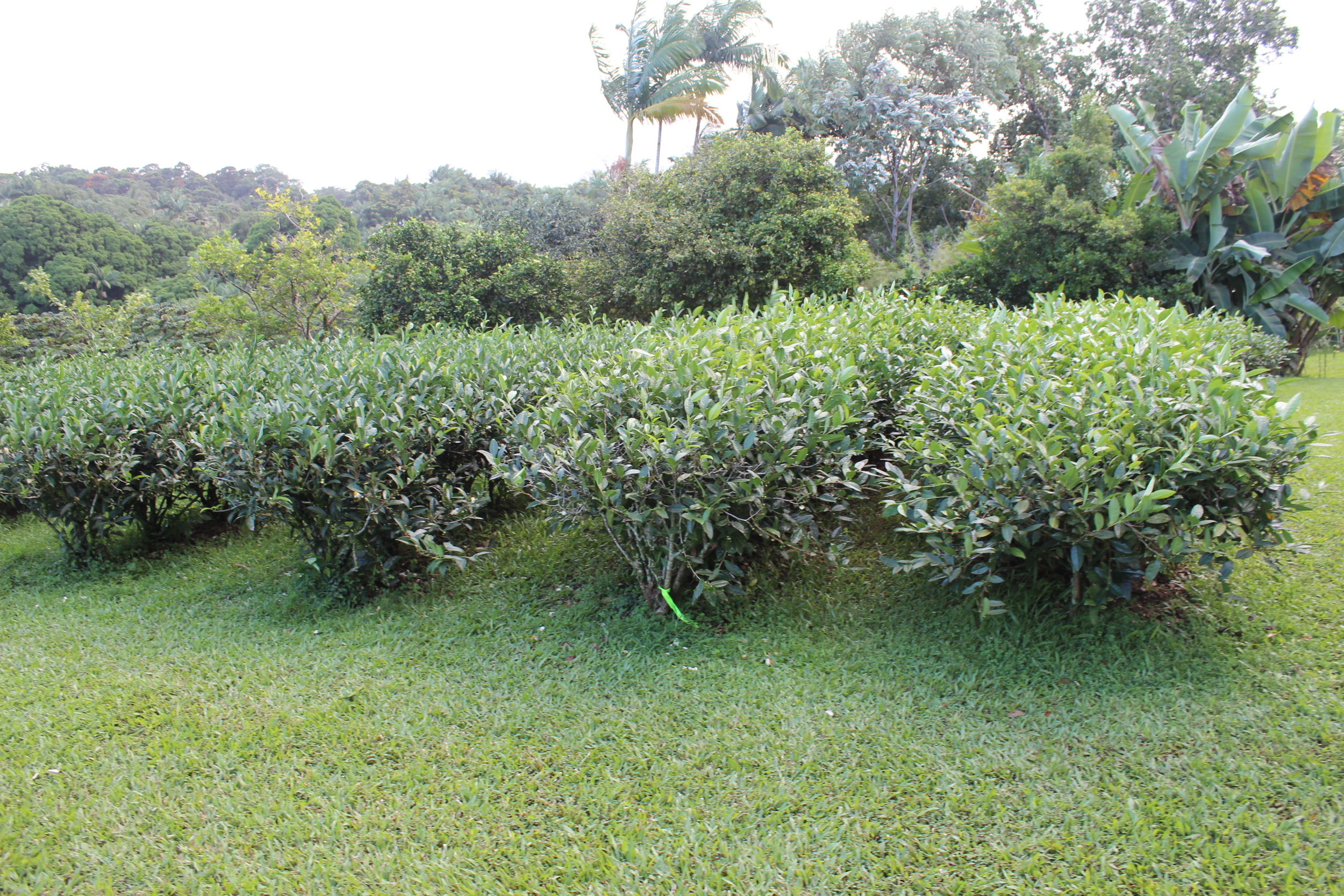
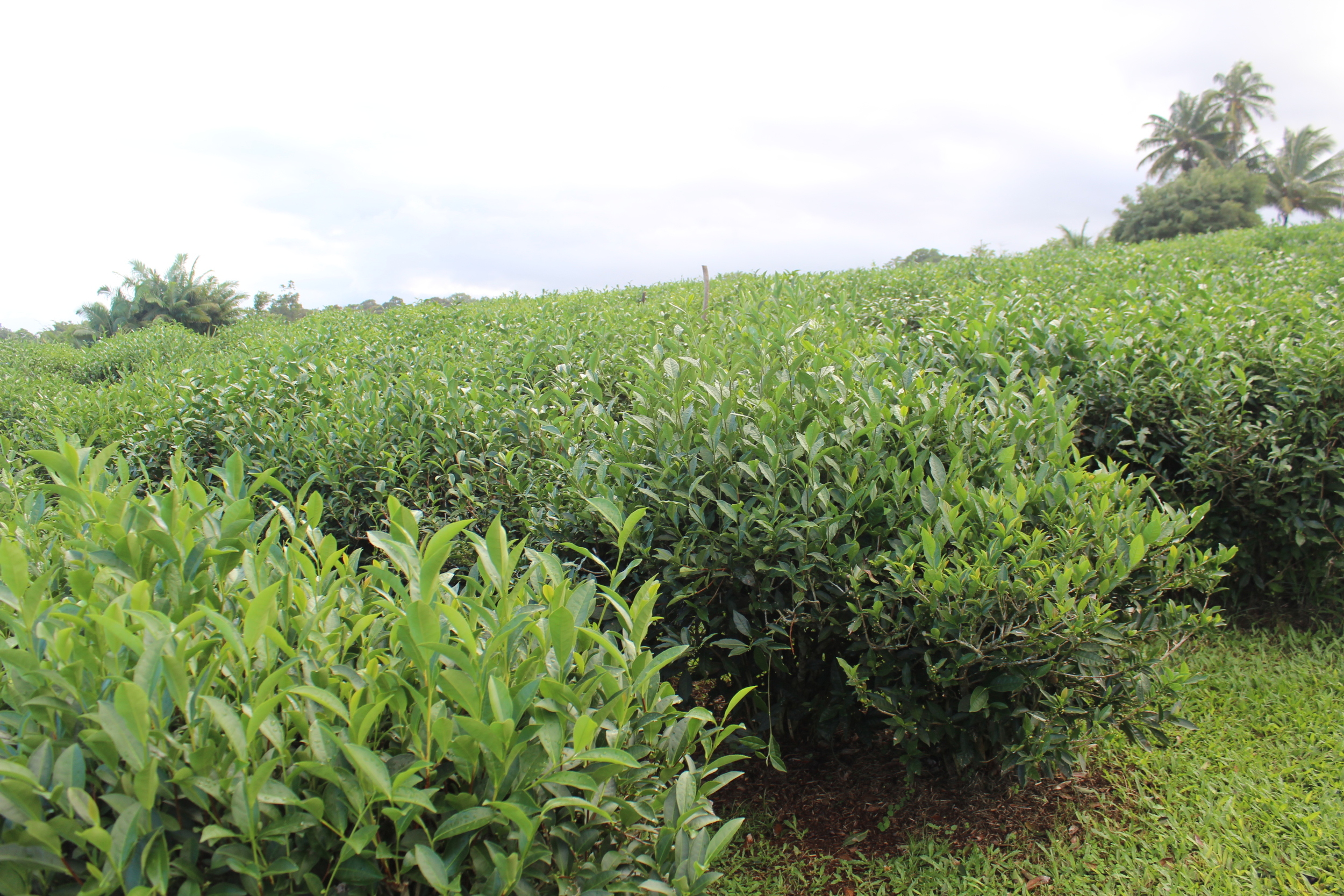
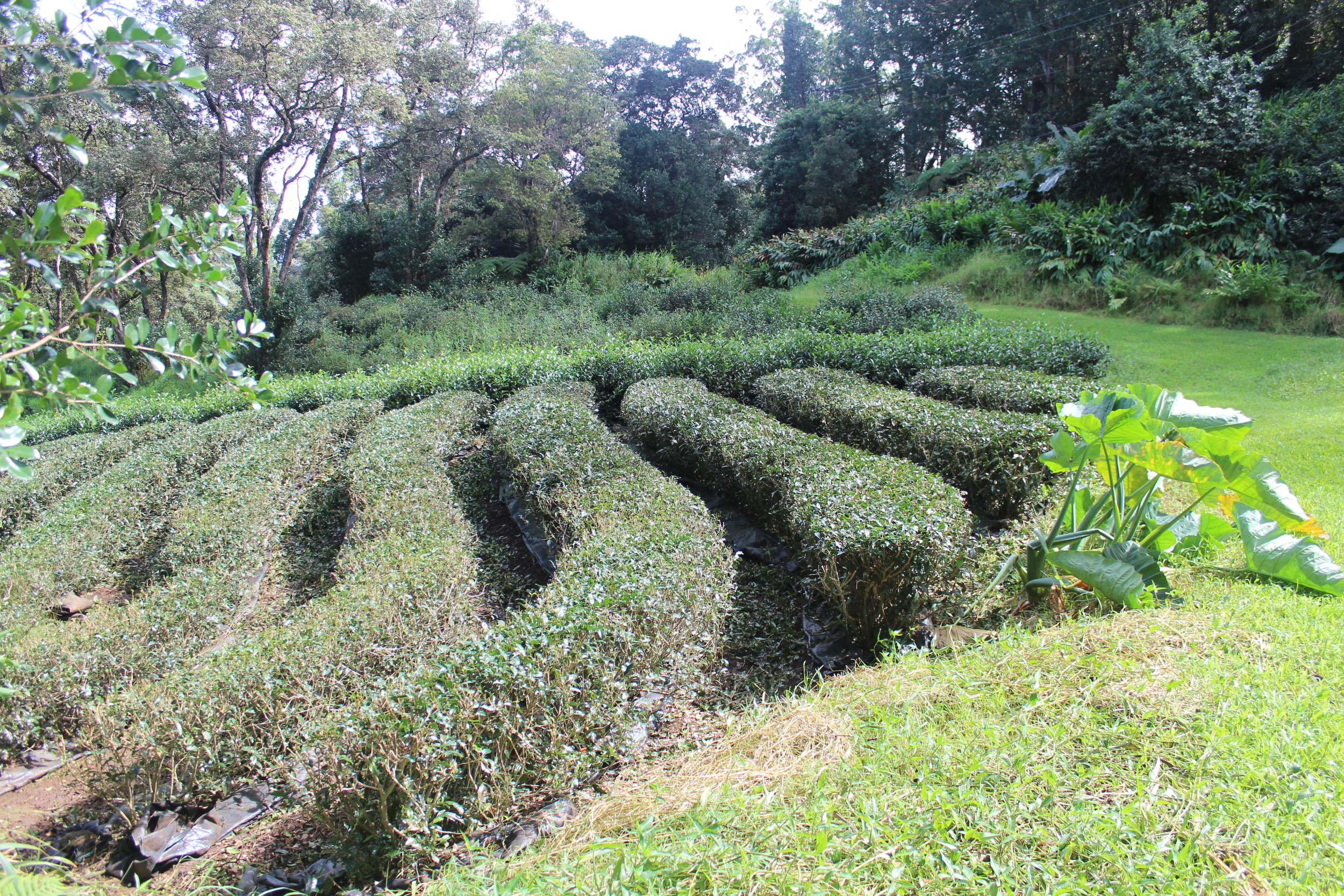
And these wonderful plants not only produce delicious tea, they also produce gorgeous little flowers! And just like any plant, the flowers are important because they are the reproductive part of the plant! They are crucial because they are the key to the future growth of the plant! They are also important because of the pollen found in these little flowers and that pollen is the food for bees!
How are the harvested?
And finally after many years of cultivating a wonderful tea plant, the harvest can finally begin. Then the harvest of the wonderful 2 leaves and a bud that can then enter the process of becoming dried delicious tea leaves!
When is harvest?
There is so much time and attention that goes into cultivating and harvesting the worlds most popular beverage and that is also the beautiful part that gives tea so much variety and diversity in taste and appearance.
So grab a cup of your favorite green, black, pu erh, oolong, and white tea and take a few sips while appreciating the thousands of years that have gone into perfecting the art of the Camellia Sinensis plant!
Happy tea time, Abby


